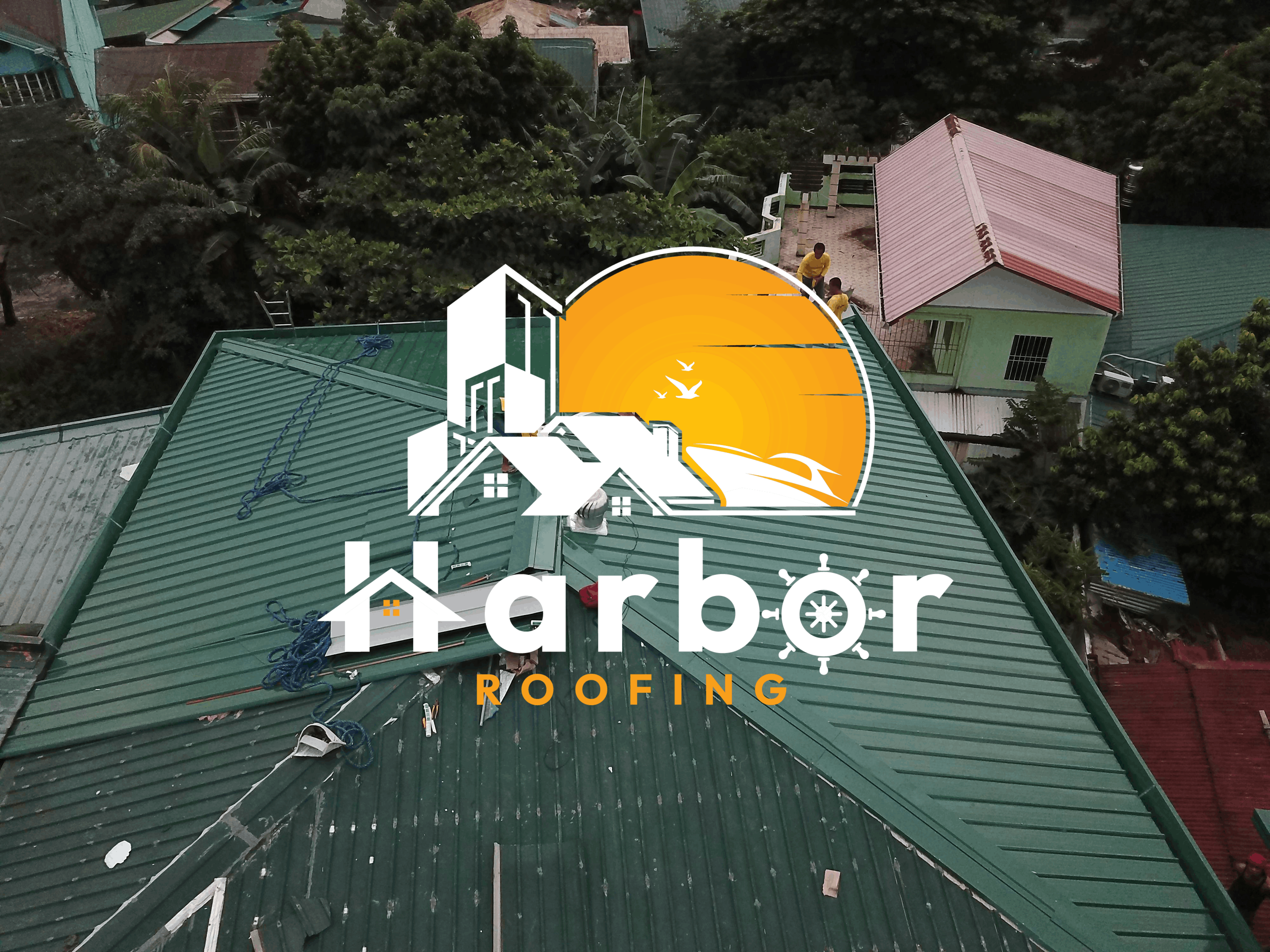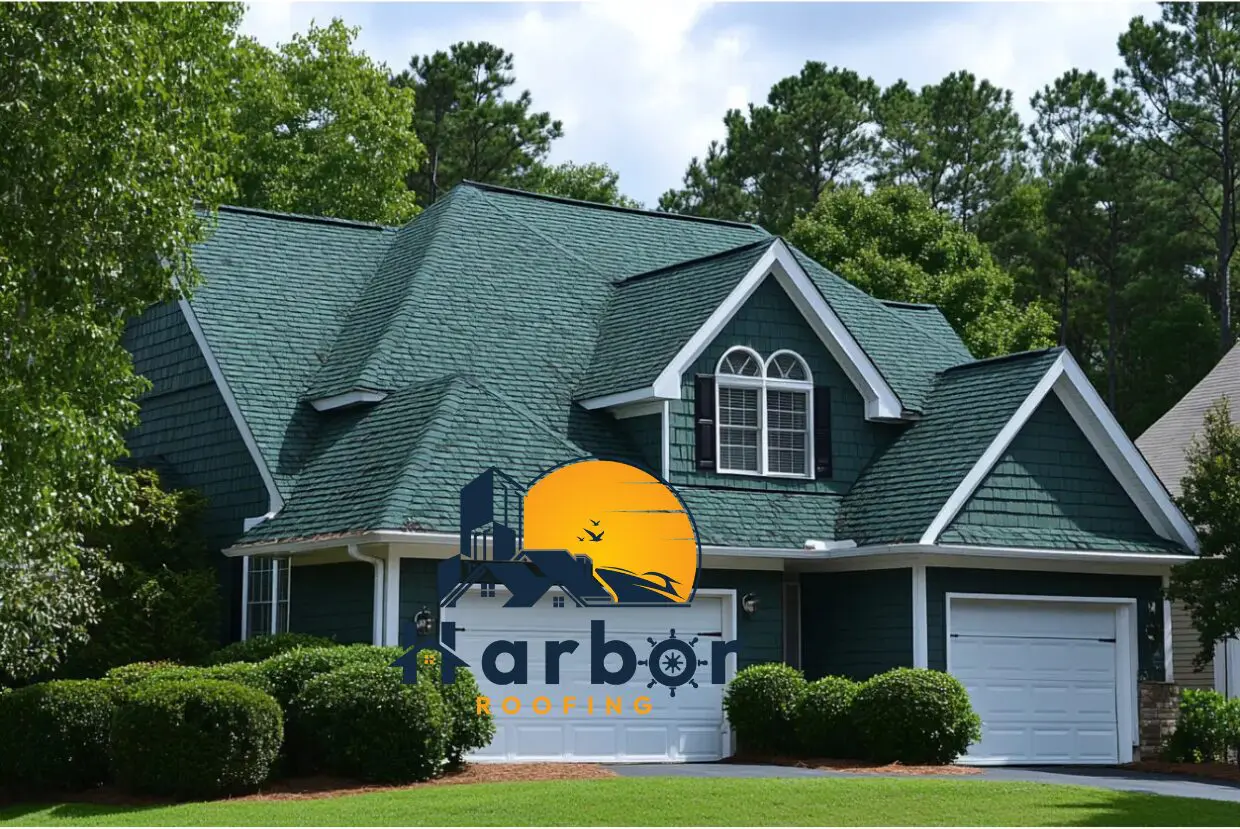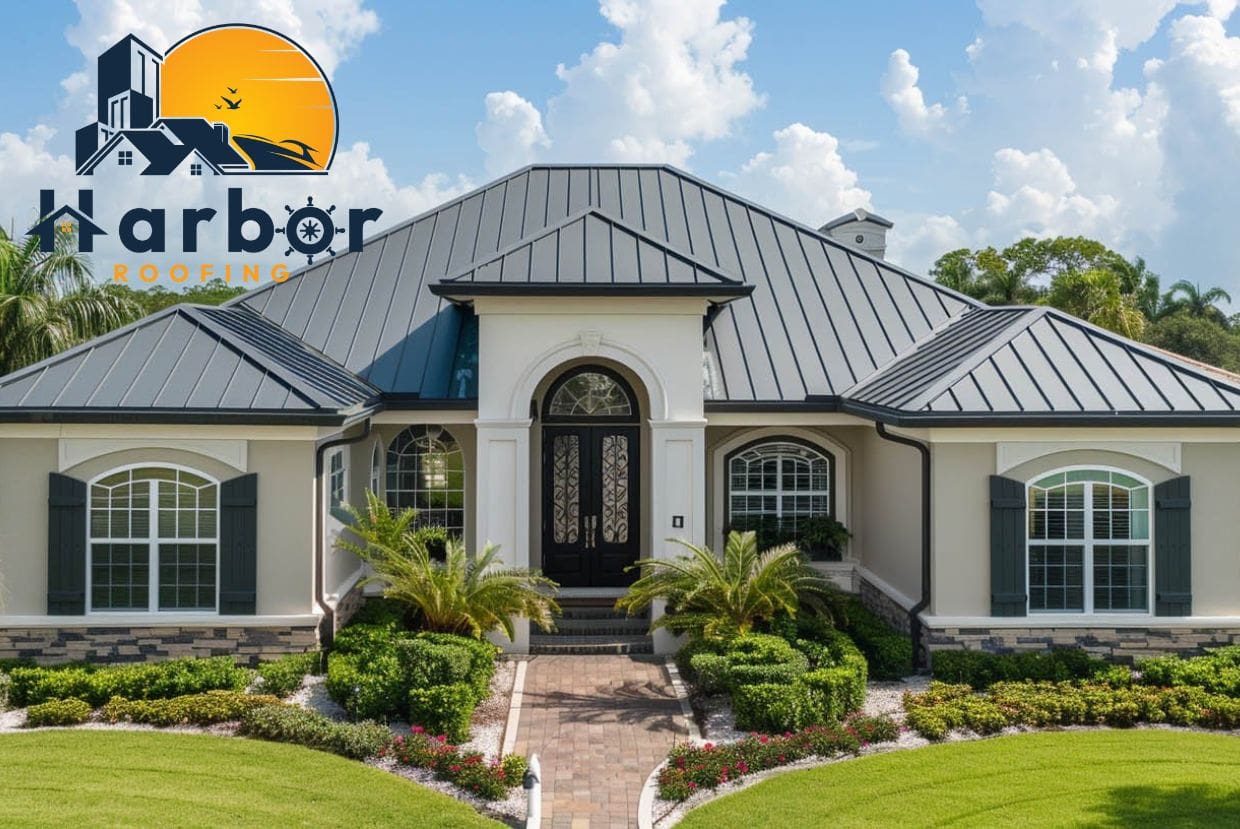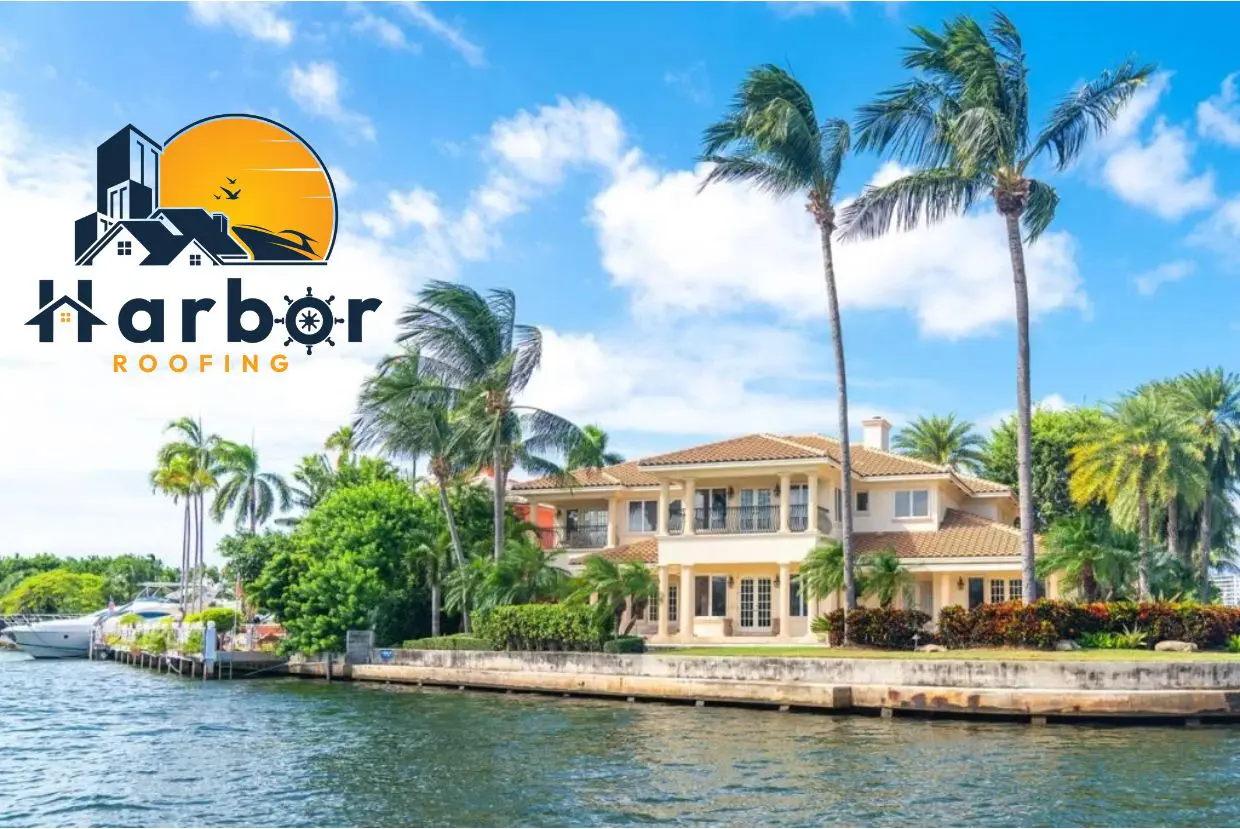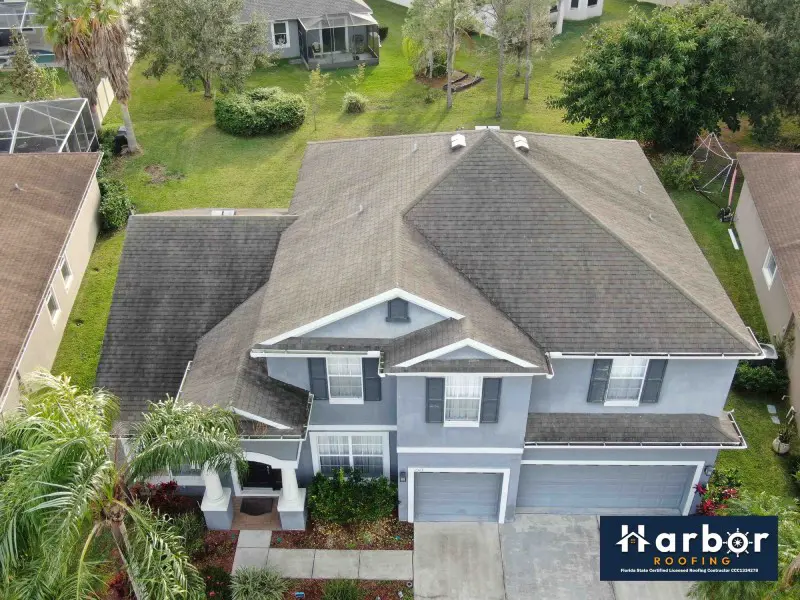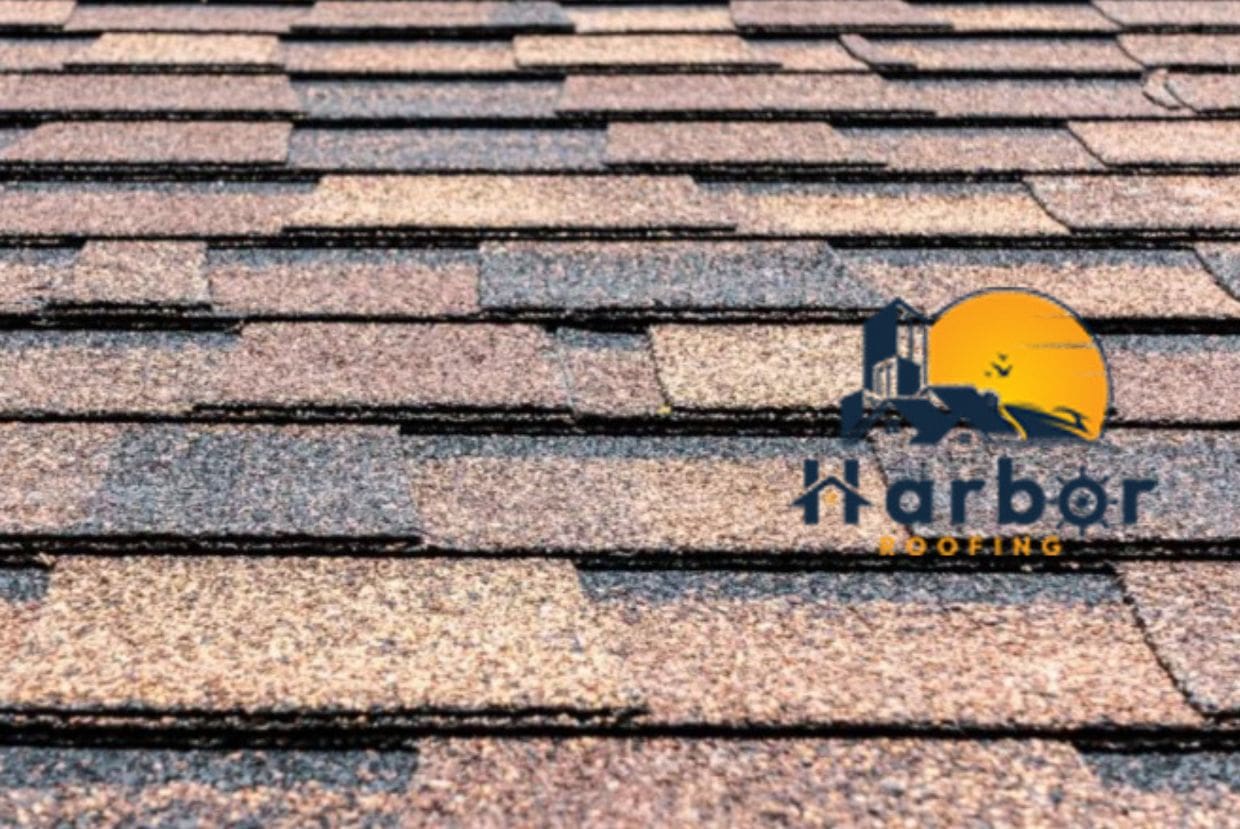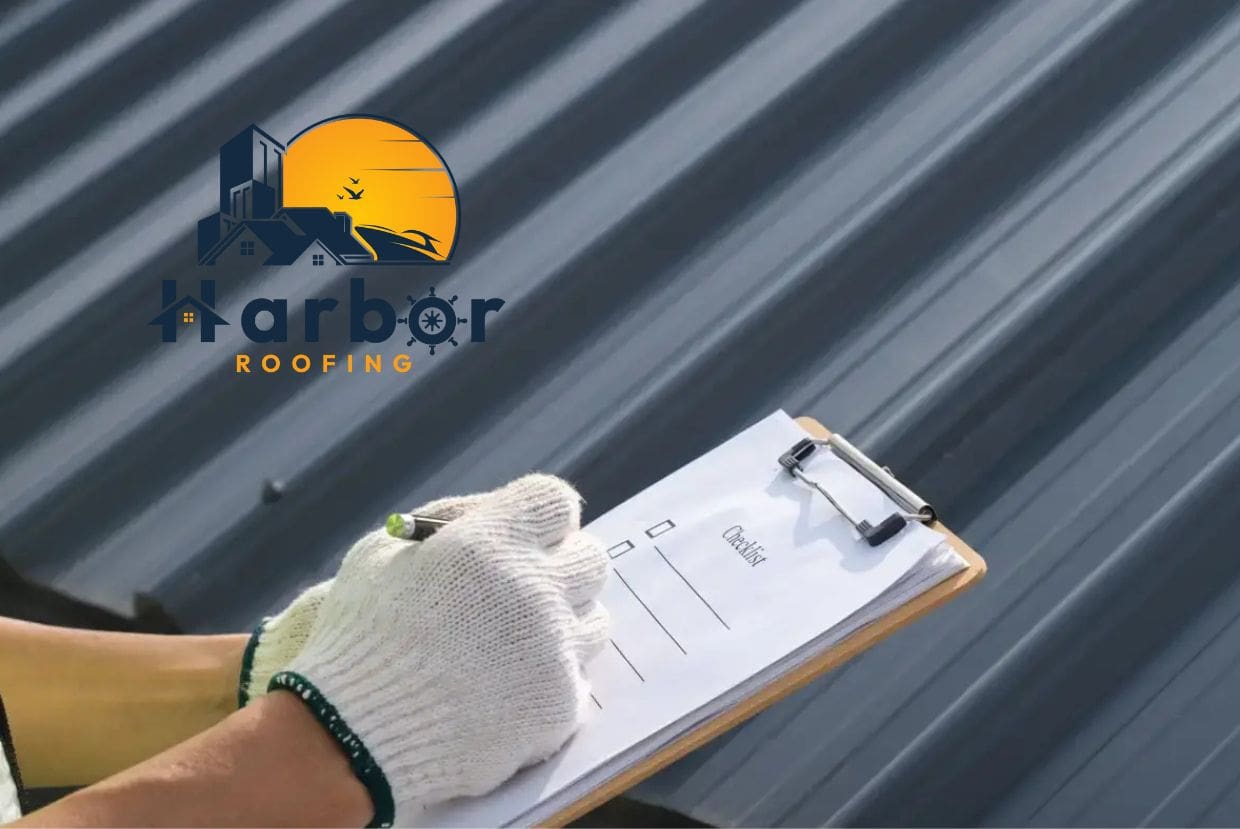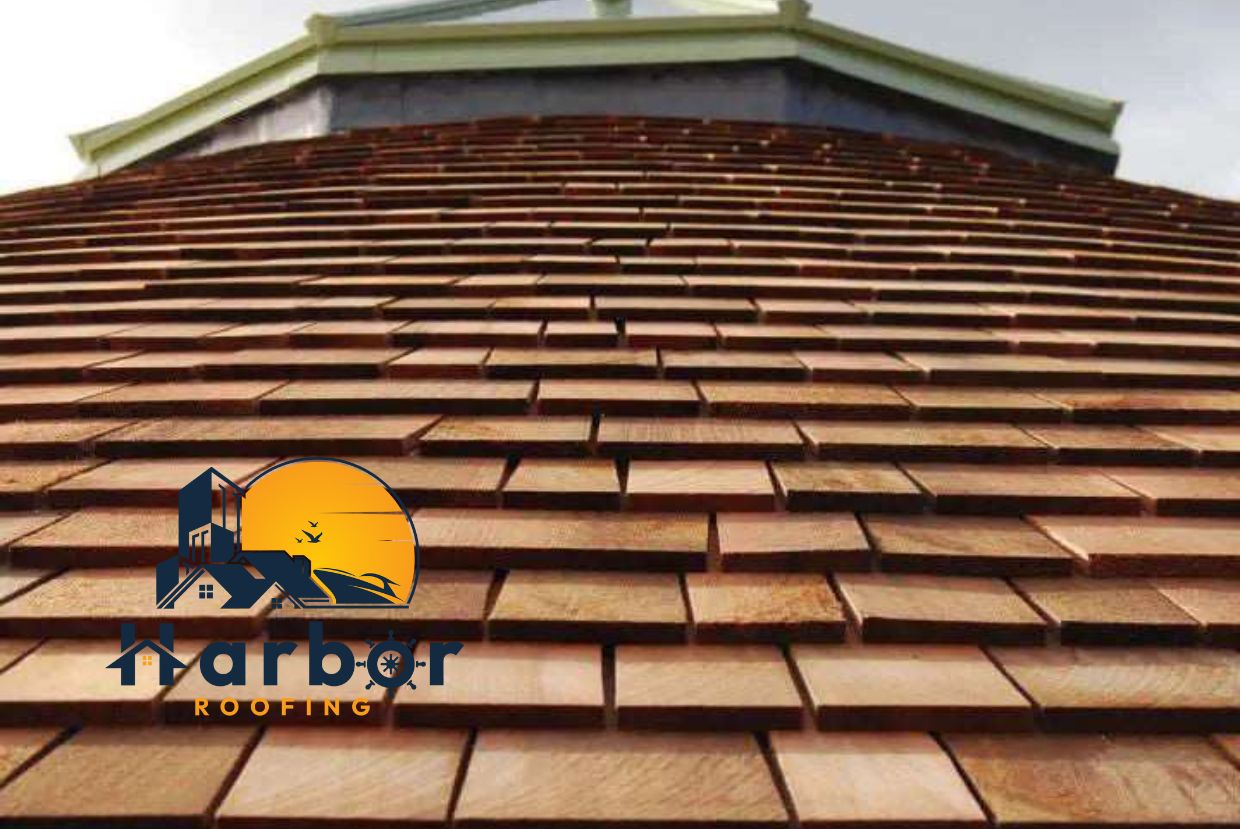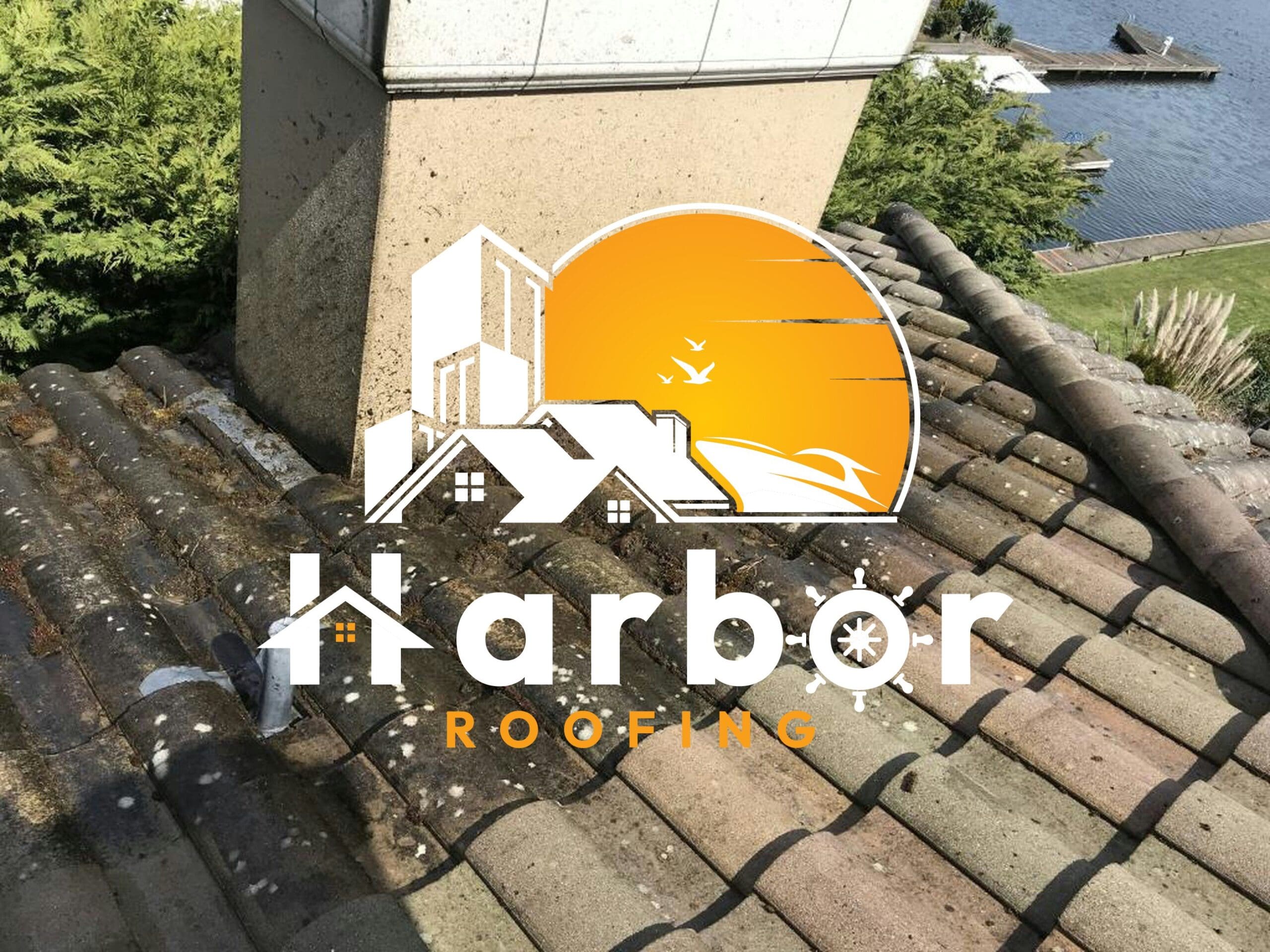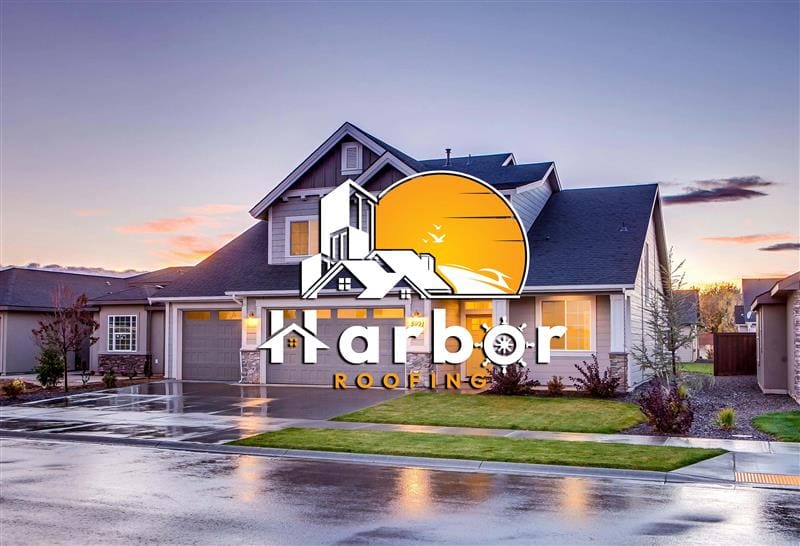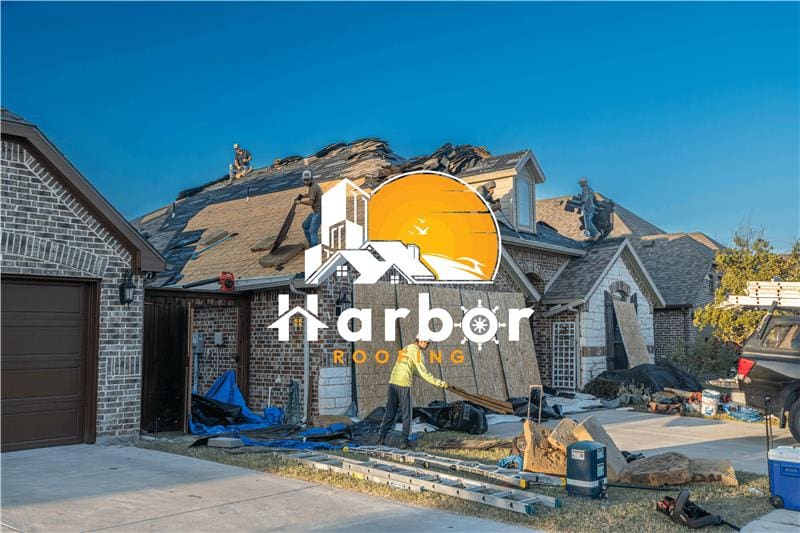Table of contents
When hurricane season rolls in, is your roof tough enough to stand up to the storm? In Florida’s high-wind areas, the right roofing materials aren’t just for looks, but an integral part of your house. With hurricanes and tropical storms each year, your home needs a roof that won’t give in to the pressure.
In this article, we will do a deep dive into the best roofing materials that are built to handle Florida’s harshest weather. From metal roofing to sturdy tiles and impact-resistant shingles, you will find out which options combine strength, style, and sturdiness.
Why Wind Resistance Matters in Florida
High Wind Zones and Hurricane Exposure
If you live in Florida’s High-Velocity Hurricane Zones (HVHZ), then you will need to prepare for more than just heavy rains. Locations like Miami-Dade and Broward counties continuously face winds that go between 140 and 185 mph during peak hurricane seasons. These extreme forces easily expose weaknesses in your roofing system that are not up to code.
In contrast to inland regions, coastal counties need to follow stricter building standards to overcome sustained high winds. Florida’s building codes demand that roofing materials have to be tested for uplift resistance, impact strength, and fastener security. Moreover, homes that aren’t compliant with the code will face major insurance issues or, even worse, lose their roof during a storm.
Just having a better understanding of your region’s risk level can help you make smarter roofing decisions. Whether you are replacing an old roof or building a new one, selecting certified wind-rated roofing materials is the first step to protect your home.
Consequences of Inadequate Roofing
When you have roofing materials that aren’t designed to handle Florida’s extreme storms, they fail fast and hard. Inadequate wind uplift resistance leads to shingles or tiles becoming loose, peeling away, or flying off completely. Moreover, once this layer is breached, wind and rain will start to seep into your home’s interior in mere seconds.
Besides the aesthetic damage, there is also the risk of structural harm. Poorly fastened decking, underlayment, or flashing can result in a collapsing roof or water damage that can compromise walls, ceilings, and insulation. Even a single point of failure can cost tens of thousands in repairs.
If you live in an area that consistently experiences hurricanes, your roof isn’t just a feature, but rather a shield. Additionally, the ideal roofing materials can help you prevent cascading damage, protect your investment, and provide peace of mind when the storm hits.
Metal Roofing — The Strongest Defense
Durability And Wind Resistance
Metal roofing is recognized as one of the most durable roofing options available in Florida. It is tested to resist wind speeds between 140 and 160 mph and can easily withstand Category 4 hurricane conditions. Moreover, these solutions stay tightly locked in place using concealed fasteners or interlocking seams. Contrasting shingles that can lift or even tear up.
Furthermore, this tight anchoring system helps prevent wind uplift and edge curling — two very common failure points during storms. When paired with proper underlayments, metal roofing can provide a nearly impenetrable shield against wind-driven debris and rain.
Salt And Storm Performance
If you live in coastal Florida, salt spray and humidity can corrode unprotected materials fast. However, metal roofing can still hold its ground. Utilizing stone-coated steel and aluminum roofing options can help your roof resist rust while maintaining structural integrity.
Similarly, most metal roofs come with a Class 4 impact-resistant rating (UL 2218), which is also the highest rating available. This means that these roofs can easily handle hail, flying branches, and other storm-related debris without denting or cracking. Especially standing seam styles, which provide superior uplift protection and are commonly used in hurricane-prone areas.
Longevity And Energy Efficiency
With a lifespan of 40 to 70 years, metal roofing is a long-term investment that pays dividends. These solutions easily outperform conventional shingles and generally don’t need replacements after a single storm season. Thus making them the perfect contender for Florida’s demanding climate.
Their energy efficiency is also another great highlight. Metal roofs that are light-colored or use reflective materials can deflect a major portion of solar heat. Therefore, allowing you to keep your attic cool, which reduces the air conditioning costs. Plus, some systems are ENERGY STAR certified, adding even more value.
Considerations
Even with their many advantages, metal roofs aren’t perfect for everyone. Its initial cost is considerably higher than other roofing materials, particularly for premium metals like copper or standing seam steel. However, a lot of homeowners find its longevity and little maintenance well worth the price.
Likewise, another considerable factor is noise, even though most modern metal roofs include insulation that can dampen the sound. Some individuals can still experience increased noise during heavy rain or hailstorms. In addition to this, professional installation is also necessary. Since improper fastening or sealing can lead to costly leaks and reduced wind resistance.
Tile Roofing — Classic and Resilient
Wind Resistant Design
Tile roofing isn’t just made to be aesthetically pleasing, but also to take a beating. Designed to interlock tightly, both clay and concrete tiles are made to create a continuous, wind-resistant surface. Moreover, this interlocking design helps in reducing the chances of uplift during hurricanes or tropical storms.
If these tiles are professionally installed with proper underlayment and fasteners, they can easily withstand wind speeds up to 150mph. Similarly, Edge tiles are usually reinforced or mechanically anchored, which helps them improve their resistance against Florida’s high-velocity hurricane areas.
Durability And Climate Performance
These roofing solutions are naturally sustainable to most of the elements Florida homeowners have to face, i.e., sun, wind, and rain. If these solutions are installed correctly, they can easily survive hail impact and resist deterioration from UV exposure over decades.
As noted, proper installation is important. Your underlayment needs to be waterproof and sealed properly to prevent water intrusion, particularly in driving rain. Moreover, tile roofs that don’t have adequate reinforcement can develop cracks or allow water to seep in during strong storms.
Material Options
When it comes to tiles, homeowners have two main options, i.e., clay or concrete. Clay tiles provide a more conventional high-end aesthetic and can last over 75 years with little to no fading or warping. Plus, they are also fire-resistant and perfect for hot, humid climates such as Florida’s.
In comparison, concrete tiles offer the same pros but at a much lower upfront cost. Although thicker and heavier than clay, these materials are more absorbent. This means that it can absorb the majority of the water if it’s not sealed properly. To keep concrete tiles looking sharp and provide longevity, proper sealants and routine maintenance are needed.
Drawbacks
Even with their durability, these solutions have limits, with the biggest issue being their weight. For instance, these can weigh up to three times more than asphalt shingles. This results in homes needing extra structural support to bear the load safely, particularly during retrofits.
While these tiles can hold firm against the wind, they can crack if they experience a direct impact from falling branches or heavy foot traffic during maintenance. Not to mention, installation is more expensive due to increased labor requirements. As well as the repairs, which usually require matching replacement tiles. Thus making it a tricky process with older styles.
Impact Resistant Shingles — The Affordable Alternative
Why Are They Impact-Resistant?
Don’t mistake impact-resistant shingles for regular asphalt, as these roofing materials are designed for battle. These shingles are generally Class 4 rated in UL 2218 testing. Thus allowing them to support the weight of a 2-inch steel ball falling 20 feet without breaking.
This strength does count in Florida, where storms tend to fling debris as aggressively as they lash with wind. Polymer or fiberglass-reinforced, these shingles endure better against flying branches, hail, and other blunt-force injuries than normal asphalt shingles.
Wind Resistance And Code Compliance
Though shingles have a bad reputation for easily blowing away, the impact-resistant newer varieties have upped their ante. Numerous manufacturers are wind-rated to resist speeds of over 130 mph, making them a reasonable choice even in Florida’s high-velocity hurricane zones (HVHZ).
Actually, various models satisfy Miami-Dade County’s stringent product control approvals. Installed with high-wind fastening patterns and sealed edges, these shingles stick around and meet regional building codes intended for hurricane resistance.
Cost and Aesthetic Appeal
Affordability is also a giant advantage of these solutions. Impact-resistant shingles are substantially less expensive than metal or tile, so they offer good value for homeowners attempting to stay within budget without sacrificing protection for their property.
They don’t sacrifice curb appeal either. Coming in an immense range of colors, textures, and profiles, they even have some that replicate wood shake or slate. Plus, these roofs allow homeowners to choose a roof that complements the style of their house without breaking the bank.
Maintenance And Limitations
As with all roofing materials, these shingles are not flawless. Their lifespan is usually 20 to 30 years, which is shorter than that of metal or tile. Subsequent hurricane seasons can degrade them more quickly, particularly if they are not inspected and serviced on a regular basis.
Similarly, proper installation is also necessary for better performance. Improper nailing patterns or missing underlayment can cause premature failures, leaks, or loss of shingles. Make sure to have a licensed contractor, such as Harbor Roofing, who understands Florida code and wind zone regulations to maximize your impact-resistant investment.
Comparing Roofing Materials for High Wind Zones
Metal Versus Tile Versus Impact-Resistant Shingles
| Roofing Type | Wind Resistance | Durability And Lifespan | Cost | Best For |
| Metal Roofing | Up to 160 mph | 40 to 70 years, salt resistant | High | Coastal homes that need top wind resistance |
| Tile Roofing | 150+ mph (with proper install) | 50+ years, durable if sealed | High | Conventional aesthetics and storm strength |
| Impact Shingles | 130+ mph (Class 4 rated) | 20 to 30 years, budget-friendly | Low to Moderate | Affordable, universal protection |
Aspects to Consider
- Budget Limits — Metal and tile cost more upfront, while impact shingles offer good protection with a smaller investment, ideal for homeowners balancing safety and savings.
- Visual Appeal — Choose tile for timeless elegance, metal for sleek modern lines, or shingles for a classic look with flexible color and texture options.
- Weight Load — Tile is significantly heavier than shingles or metal. Meaning your roof deck must be structurally sound or reinforced to handle the load safely.
- Upkeep Needs — Tile may crack under impact, shingles may degrade faster, and metal may dent, but all require regular inspections to stay storm-ready.
- Code Compliance — Make sure your choice meets Miami-Dade product control approvals and TAS (Testing Application Standard) testing to guarantee it passes Florida’s strictest wind zone codes.
Conquer The Wind With Smart Roofing
When it comes to Florida’s high-wind zones, your roof isn’t just acting as your house cover, but also a shield. It doesn’t matter if you opt for metal, tile, or impact-resistant shingles — the right roofing material will save you from costly storm damage. Want to storm-proof your home? Contact Harbor Roofing today for expert guidance and reliable installation built to meet Florida’s toughest wind codes.
